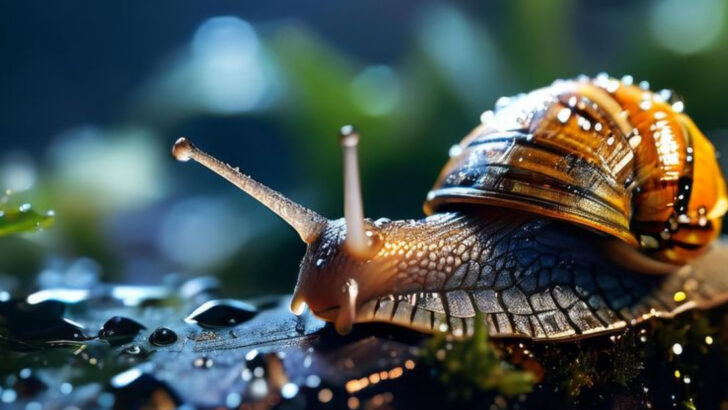The moment the rain hits and the world smells like wet earth, something stirs.
Tiny claws, slippery skins, and glowing eyes begin to emerge—creatures that spend most of their lives hidden, waiting for this exact moment. Spring rain doesn’t just water the flowers—it summons an entire hidden cast of animals into the spotlight.
You won’t see them on sunny afternoons.
They arrive in the mist, in the puddles, in the hush that follows a storm.
From frogs that only sing when the world is soaked, to salamanders that dance under moonlit drizzle, these are the mysterious neighbors you never knew you had. And if you know where to look, you might just catch them mid-performance.
Grab your boots. Bring a flashlight. The wet-weather wild is waiting.
Red-Spotted Newt
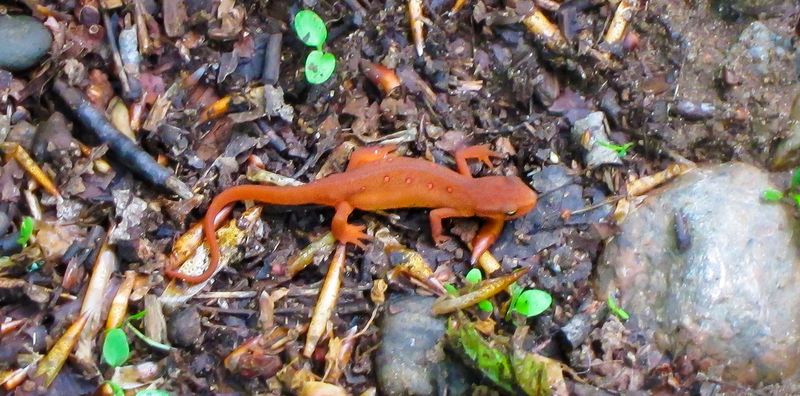
The red-spotted newt, with its fiery skin and vivid spots, thrives in the damp environment post-rain. These amphibians come alive in forests after showers, captivating with their bright colors. One may discover them leisurely wandering across the damp earth or resting on rain-kissed leaves.
Their transformation from aquatic larvae to land-dwelling juveniles is truly remarkable. These newts are crucial for maintaining ecological balance, controlling insect populations. Encountering one on a rainy day walk can feel like finding a tiny, hidden gem, a testament to nature’s vibrant palette.
Common Toad
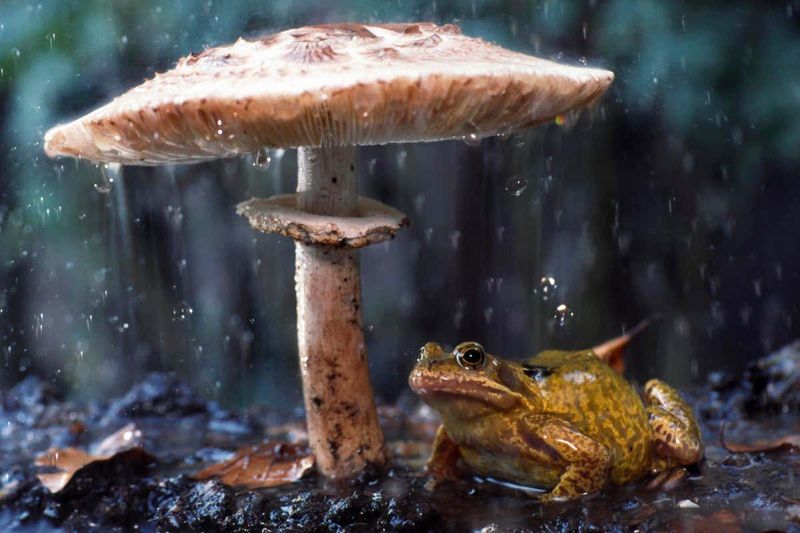
Under the mask of rainfall, the common toad emerges, its bumpy skin glistening with droplets. This creature, surprisingly nimble, seeks out damp gardens and parklands. It’s in these moist retreats that toads engage in their nightly hunting, feasting on insects.
Their presence signals a healthy ecosystem, as they play an essential role in pest control. Known for their adaptability, these toads are a beloved symbol of the rainy season. Spotting one hopping along a path can evoke childhood memories of rainy day adventures.
Spring Peeper

Spring peepers, tiny but mighty, fill the air with their chorus after a refreshing spring rain. These diminutive frogs, often found clinging to leaves or branches, announce the changing season with their distinctive calls.
Despite their size, their impact on the soundscape is profound, resonating through forests and wetlands. Their presence is a sure sign that spring has arrived, bringing life and energy to the landscape. Observing a peeper, with its resonant call, offers a musical interlude during a quiet stroll.
Nightcrawler Earthworm
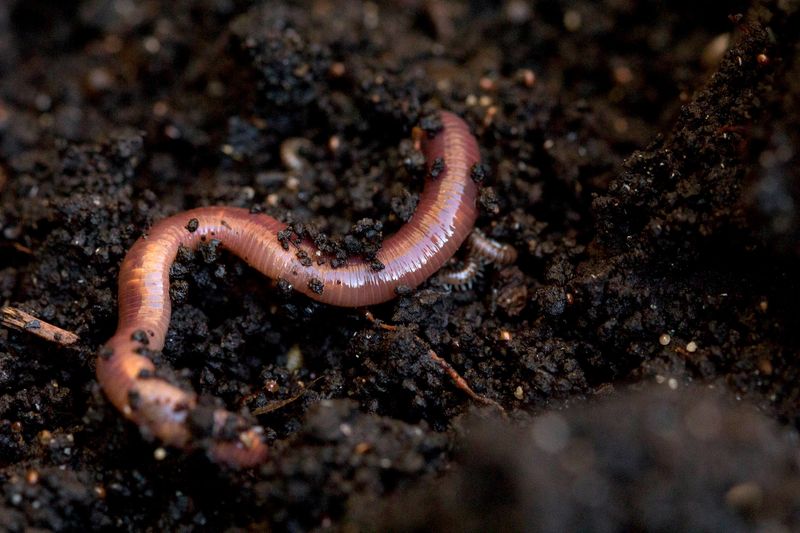
Amidst the patter of rain, the nightcrawler earthworm surfaces, wriggling through rain-drenched soil. These subterranean dwellers play a pivotal role in soil aeration, their presence vital to healthy gardens and lawns.
Their nocturnal excursions during rainstorms make them easier to spot, especially in gardens and open fields. These worms are nature’s own plow, turning over the earth and enriching it with nutrients. Witnessing their emergence after rain offers a glimpse into the hidden laborers of the earth.
Snapping Turtle
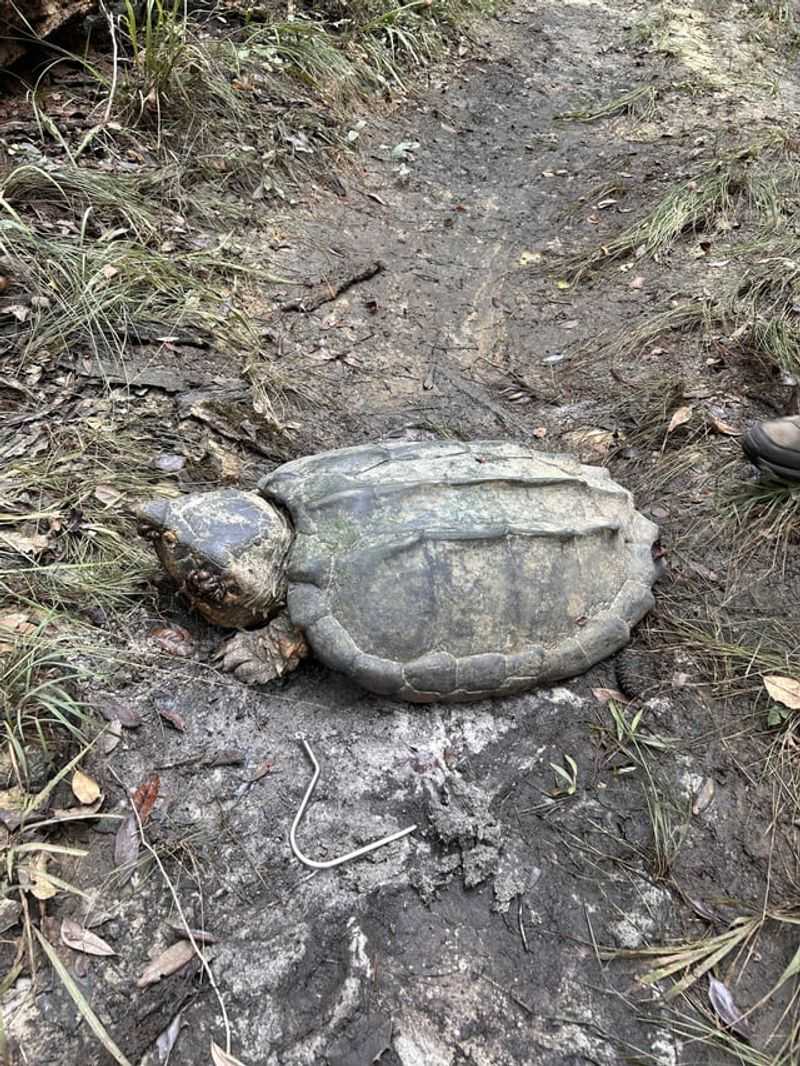
With its prehistoric visage, the snapping turtle emerges after a rainstorm, prowling through puddles and flooded fields. This ancient reptile, known for its powerful jaw, is often seen traversing wetland areas, searching for prey.
Despite their formidable appearance, snapping turtles are crucial to aquatic ecosystems, managing fish populations. Their presence is a testament to the rich biodiversity of wetland habitats. Observing a snapping turtle can be a captivating experience, offering a link to the ancient past.
Firefly Larva
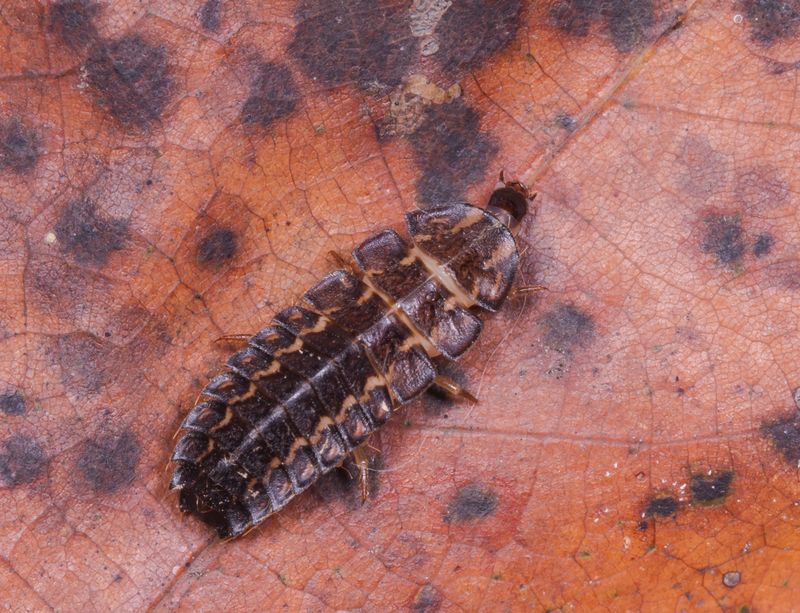
Emerging under the cover of rain, firefly larvae light up the damp dusk with their bioluminescence. These glowing creatures are often spotted in meadows and forest edges.
The larvae, less known than their adult counterparts, play an essential role in controlling snail and slug populations. Their glow, a precursor to the summer’s light shows, is a magical sight in the damp evening. Discovering one amid the rain reminds us of the wonders hidden in the wet grass.
American Bullfrog

The American bullfrog, with its booming call, thrives in rain-filled ponds and wetlands. It celebrates the arrival of spring rains with a concert that reverberates through the water.
These frogs are impressive survivors, often seen basking at the water’s edge. Their powerful legs make them adept hunters, ensuring the balance of aquatic ecosystems. Encountering a bullfrog in its rain-drenched habitat can be both an auditory and visual delight, capturing the essence of spring’s renewal.
Garden Snail
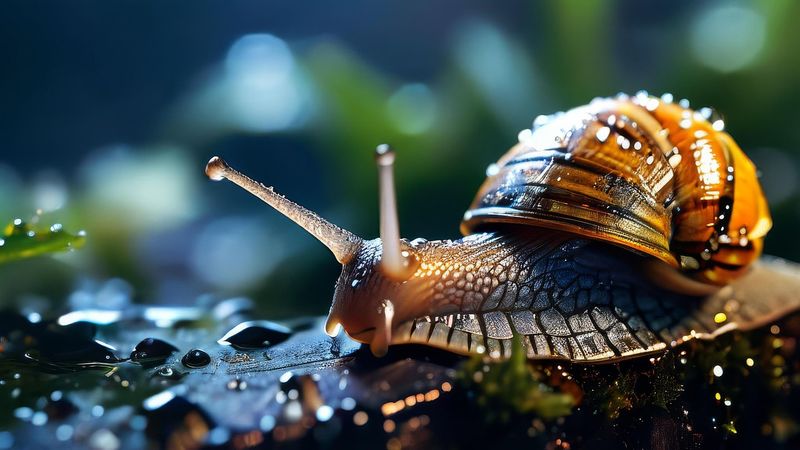
Post-rain, the garden snail embarks on its slow journey across drenched paths, leaving a silvery trail. These mollusks, with their spiral shells, are a familiar sight in gardens after a shower.
Their leisurely pace allows for close observation, revealing the intricate patterns on their shells. Snails play an important role in the ecosystem, aiding in the decomposition process. Their presence after rain is a charming reminder of the delicate balance in nature.
Wood Frog
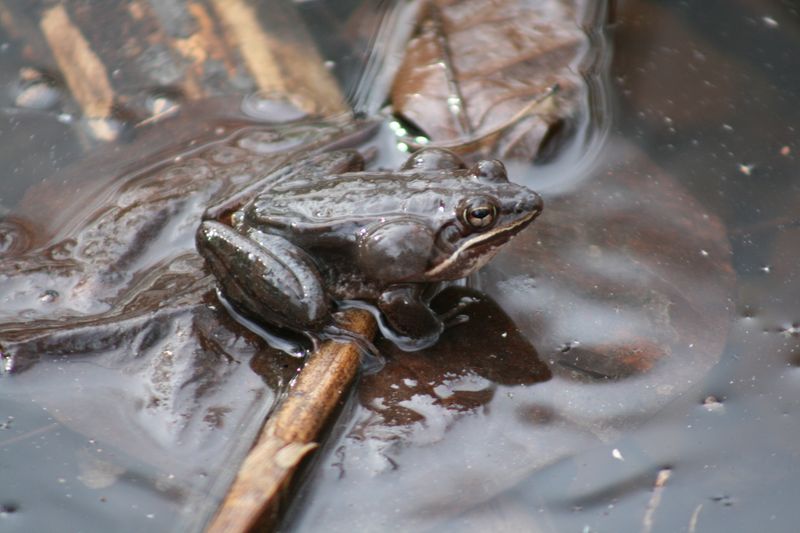
Wood frogs, with their distinctive calls, emerge after a rain to breed in temporary pools. Their ability to survive in cold climates makes them unique among amphibians.
Often found in forests, their camouflage is masterful, blending seamlessly with the wet leaves. These frogs play a crucial role in controlling mosquito populations. Observing a wood frog in its element is like witnessing nature’s adaptability to changing climates.
Eastern Box Turtle
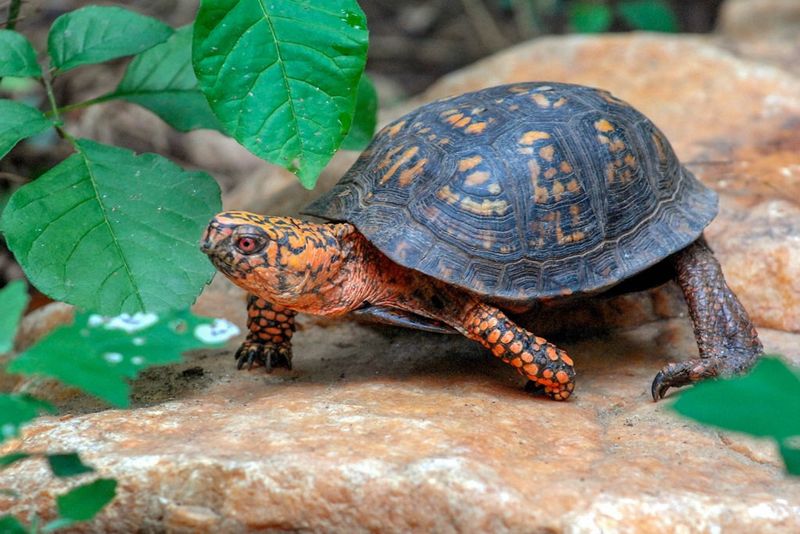
With a shell as vibrant as a spring flower, the eastern box turtle emerges after rain, exploring trails and forest floors. These turtles, with their slow, deliberate manner, are a testament to patience and resilience.
They play an important role in seed dispersal, contributing to forest regeneration. Spotting one on a rain-dappled path is a delightful encounter, offering a glimpse into the life of a forest wanderer.
Leopard Frog

Leopard frogs, with their striking spotted skin, are a lively feature in wet meadows. Post-rain, these frogs become active, their leaps a spectacle of agility.
Their distinctive appearance aids in camouflage among grasses, yet their presence is unmistakable. These frogs play a significant role in insect population control. Observing a leopard frog’s dynamic movements is like watching a dancer perform in nature’s rain-soaked stage.
Mudpuppy Salamander
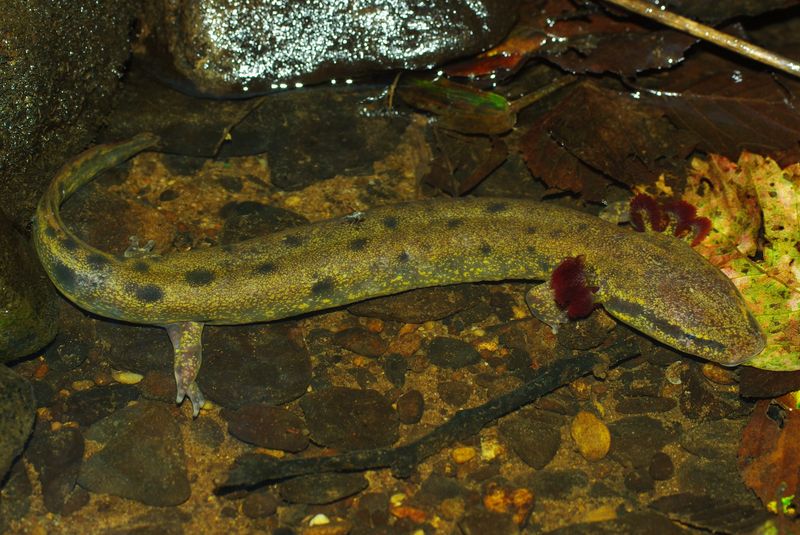
In the aftermath of a spring rain, the mudpuppy salamander thrives in swollen streams. Known for their external gills, these aquatic salamanders are unique in their appearance and habitat.
They play a key role in maintaining water quality, feeding on invertebrates. Their elusive nature makes them a rare sight, but spotting one is a rewarding experience. The mudpuppy’s existence is a testament to the diversity of aquatic life.
Mole Salamander

Under the veil of rain, the mole salamander emerges from its subterranean home. These secretive creatures are often found under logs and stones in forested areas.
Their presence is crucial for controlling insect populations, proving beneficial to forest health. The sight of a mole salamander offers a rare glimpse into the hidden life below the forest floor. Observing their glossy form is like uncovering a secret within nature’s tapestry.
Red-Bellied Snake
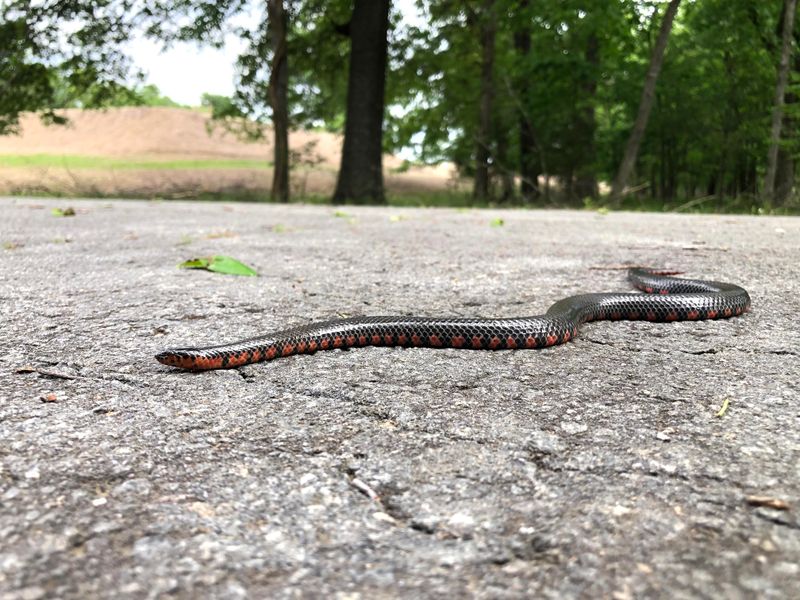
With its slender body and striking red belly, the red-bellied snake is a hidden gem of the spring rain. Often found in damp woodlands or near marshy areas, these small snakes are harmless to humans. Their vivid underbelly not only serves as a warning to predators but adds an unexpected splash of color to the muted tones of the forest.
After a gentle rain, these snakes become more active, searching for slugs and insects. Their presence is a subtle reminder of nature’s resilience and adaptability, thriving quietly in the rain-drenched forest.
Did you know? Red-bellied snakes are known for their secretive nature, often hiding under logs or leaves, making them a rare but delightful find for enthusiasts.
Blue-spotted Salamander
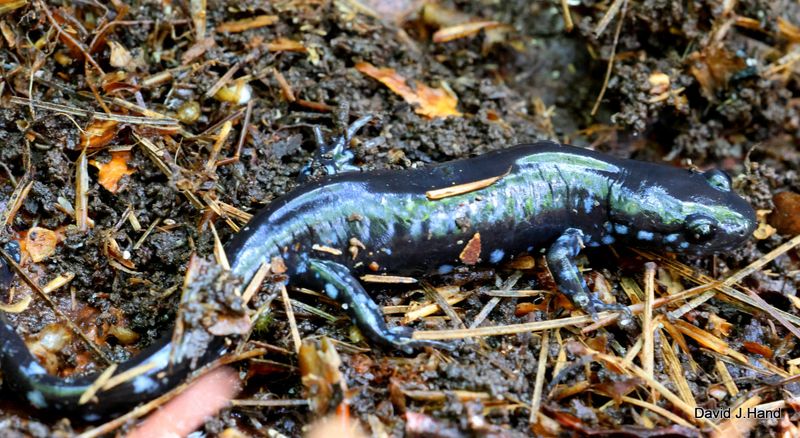
In the heart of a rain-soaked forest, the blue-spotted salamander emerges. Its vibrant blue spots glisten like tiny sapphires against its dark, smooth skin. This nocturnal creature uses the dampness to traverse the forest floor, hunting for insects and worms.
Found mostly in the northeastern United States and parts of Canada, these salamanders prefer moist, leafy environments. They often hide under logs or rocks to avoid predators. As amphibians, they rely on wet conditions for survival and breeding.
Did you know? The blue-spotted salamander can live up to 20 years, making it a resilient and tenacious creature of the spring rain.

